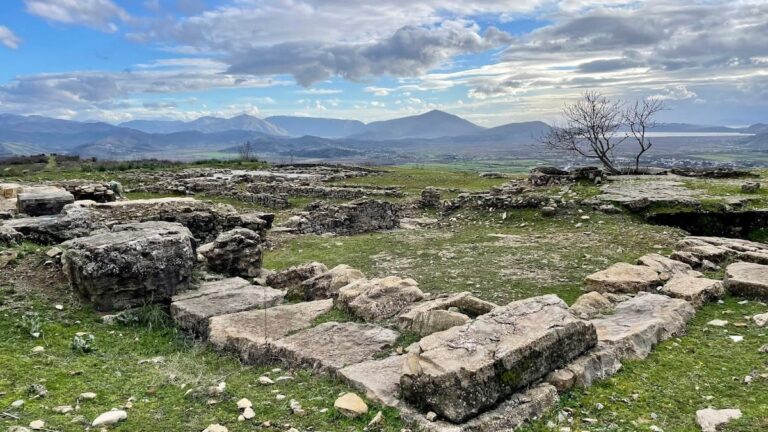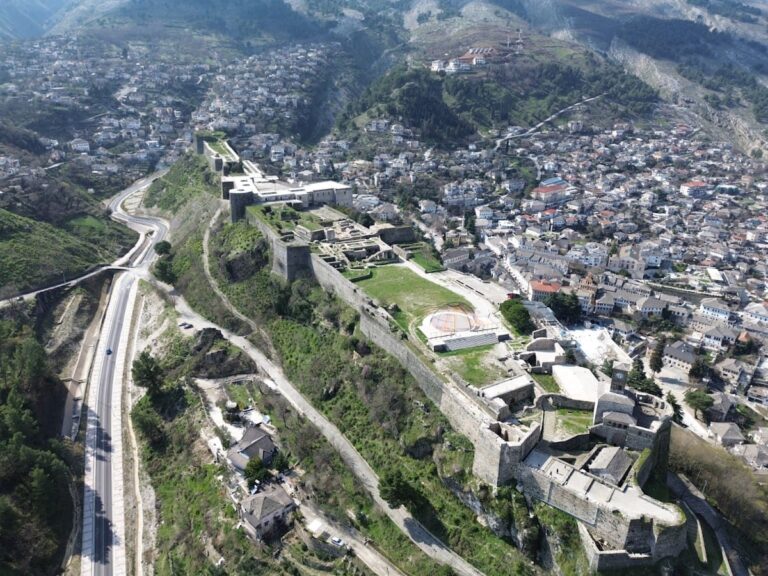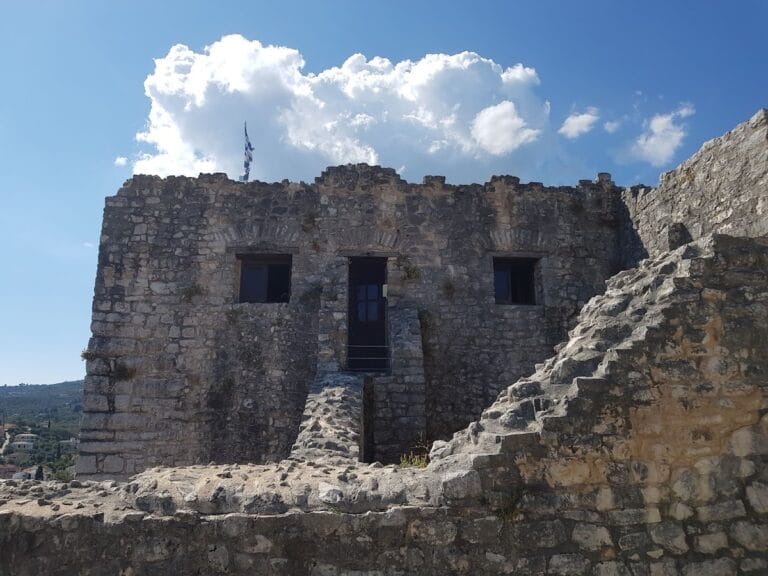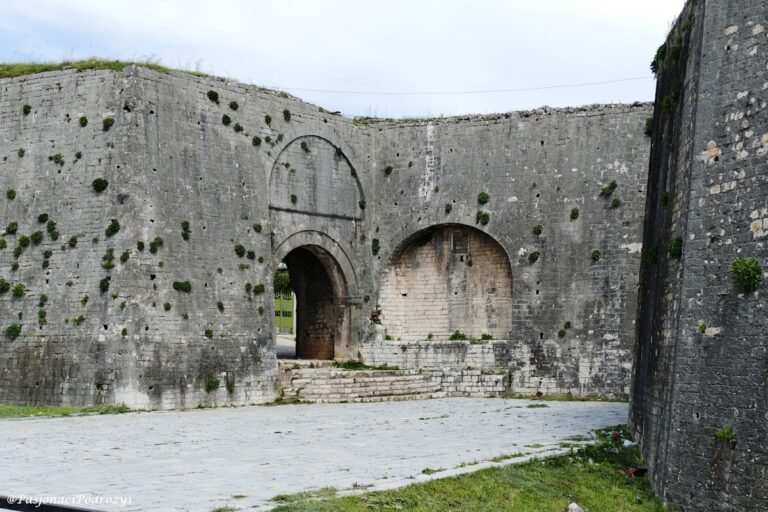Porto Palermo Fortress: A Historic Coastal Stronghold in Albania
Visitor Information
Google Rating: 4.4
Popularity: Medium
Google Maps: View on Google Maps
Official Website: porto-palermo.milinevsky.com
Country: Albania
Civilization: Unclassified
Remains: Military
History
Porto Palermo Fortress is situated on a small peninsula near the town of Himarë, within the municipality of Himarë in modern-day Albania. The fortress visible today was most likely constructed in the early 19th century by the regional ruler Ali Pasha of Tepelena. Its position overlooks the bay of Porto Palermo, a site historically linked to earlier settlements and maritime activity.
Long before the fortress’s construction, the area was known as Panormos, an ancient Greek harbor referenced by classical geographers such as Strabo and Ptolemy. This older harbor served the fortified city of Himarë, inhabited by the Chaonian tribe prior to the 5th century BCE. The continuity of settlement points to the strategic importance of this coastal location through various historic periods.
The current fortress dates back to between 1799 and 1804, with an inscription above its main entrance attributing its construction to French engineers working under Ali Pasha. Despite local stories suggesting Venetian origins, both historical and architectural study confirm an early 19th-century origin. Ali Pasha, a powerful Ottoman Albanian ruler, likely commissioned the construction to strengthen his control over the area, although the fortress’s military role remained limited. In 1803, Ali Pasha offered the castle and its port facilities to the British Royal Navy, but the small number of cannons and a modest garrison indicate it was not a major military stronghold.
During the early 1800s, travelers noted the presence of a small military force stationed within the fortress, alongside a church and nearby storage and customs buildings, reflecting its role as a modest naval base rather than a large fortification. In the 20th century, the castle saw a significant change in use. From the 1930s onward, it served as a prison, holding political opponents of King Zog I and journalists. Among the detainees were noted Albanian historians such as Rexhep Krasniqi and Tajar Zavalani, underscoring the fortress’s later role in political repression.
Declared a protected cultural monument in 1948, Porto Palermo Fortress became part of a restricted military area during Albania’s Cold War period. The proximity of a Soviet and Chinese submarine base led to the construction of military barracks on the peninsula, and public access was closed until the mid-1990s. Since reopening, various efforts have aimed to preserve and make use of the site, reflecting its enduring historical significance.
Remains
The fortress occupies roughly 60 dunams on a peninsula that was once an island before being connected to the mainland by land reclamation. Its overall plan is a near equilateral triangle, each side measuring about 45 meters, a shape adapted for its military purpose. Thick stone walls up to three meters wide enclose the fortress, topped at each corner by large pentagonal bastions designed for mounting artillery pieces, which testify to its defensive intentions notwithstanding its limited armament.
Entering through the main gate on the southeastern wall, visitors once noted a stone lintel bearing a Greek inscription that warned against damaging the fortification’s walls. Within, a key architectural centerpiece is a hexagonal vaulted rotunda featuring a domed ceiling supported by six massive pillars. This central space provides access to a series of vaulted rooms arranged in a circular fashion around it, each serving distinct functions. These include living quarters for soldiers, storage rooms for powder and weapons, a kitchen, a cistern system designed to collect and purify rainwater, and even a harem and study attributed to Ali Pasha himself.
Behind the study, a narrow corridor leads to a small courtyard on the fortress’s western side, which contains a secondary gate allowing access to the shoreline. Above, a straightforward staircase ascends from the rotunda to a roof terrace lined with guard posts and remains of various small buildings once used for surveillance and defense. The fortress also features a number of observation points protected by walls and stone-roofed guardhouses, highlighting its role as both lookout post and defensive stronghold.
Surrounding the fortress, historical records mention nearby structures such as warehouses, a customs house, and a Greek church, which supported the fortress’s function as a minor naval and trading hub. Their physical condition today is less documented, but their presence reveals a once-thriving complex connected to maritime activity.
Close to the castle stands a modern stone lighthouse, constructed later to aid navigation in the bay. Overall, Porto Palermo Fortress remains one of the best-preserved fortifications in the region, retaining much of its original form and defensive features that reflect its mixed military and administrative history.










